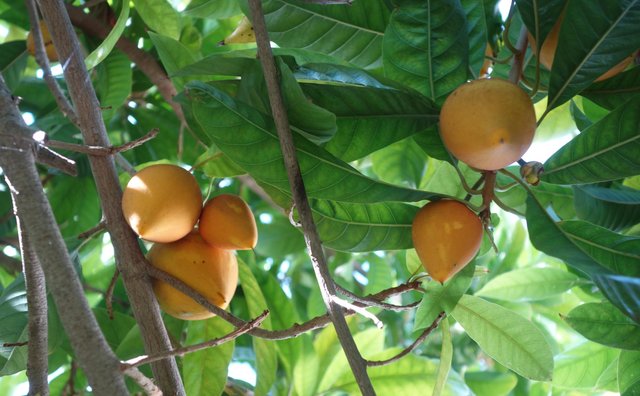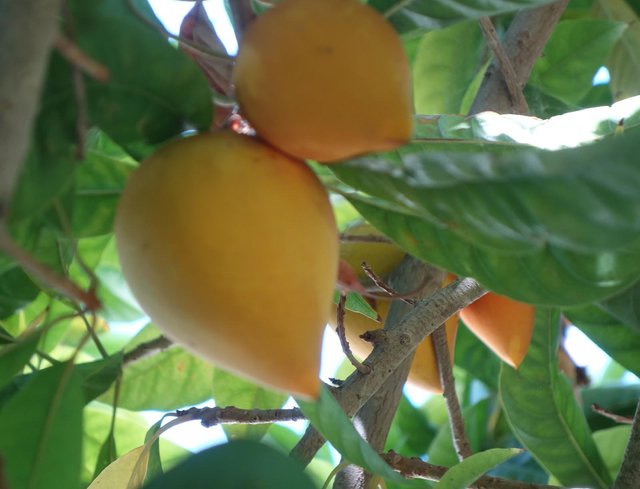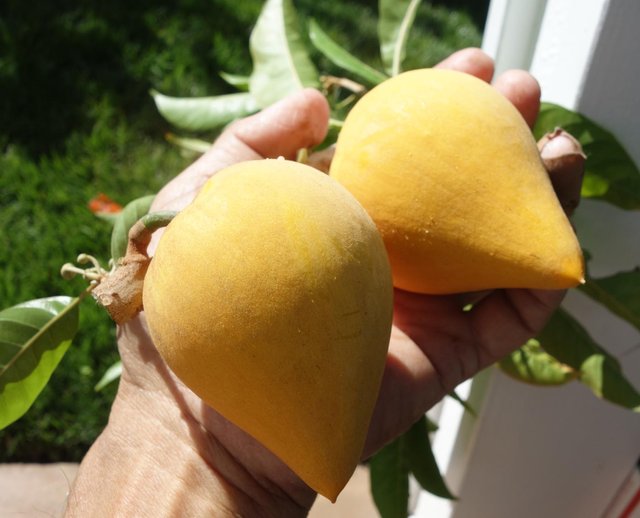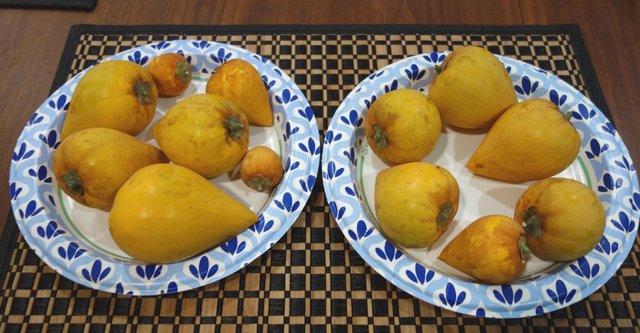Elwyn Meader & George Darrow, both of whom I had the honor or visiting at their farms. Many of the others have already been mentioned, but I would also add S. A. Beach, main author of “The Apples of New York” and U. P. Hedrick, who put together the other various fruits “of New York.” These volumes describe the fruits and are lavishly illustrated.
I would nominate the collaborative team that created the PRI apple breeding program, which was one of the earliest to develop disease-resistant apple varieties, particularly scab-resistant. Goldrush is one example of the many varieties they developed. PRI stands for Purdue-Rutgers-Illinois. Their infusion of resistant germplasm into North American apple breeding was a significant development that is still short of realizing it’s full potential. Organic apple growers, in particular, have benefited enormously from their work.
True, Jules Janick’s mind is like a horticulture encyclopedia, his life is incredible.
Those in the PNW owe gratitude to the late Dr. Bob Norton who worked nearly 30 years at the Washington State University Mount Vernon Research and Extension Center. He was a tireless advocate and fruit growing promoter. I had the honor of learning bud grafting from him on Vashon Island where he later lived.
I would recommend Dr. Edward J. Wickson, Professor of Horticulture in the University of California system from 1879 until his retirement in 1921. An early promoter of Luther Burbank’s experimental varieties, he is credited as one of the authors of Burbank’s, “His Methods and Discoveries”. The author of many books on growing fruit in California, his “The California Fruits and How To Grow Them” stands as a vital reference today.
Let’s not forget Henry Morton who saved many Limbertwigs and other old apple varieties he found growing on old homesteads in
the Smoky Mountains
If you count tomatoes, I would add Criag lehoullier, the dude behind Cherokee Purple tomatoes and many of the dwarf tomato projects tomatoes
Or james claypool, the guy who made a lot of the american persimmons people use today https://www.google.com/url?sa=t&source=web&rct=j&opi=89978449&url=https://growingfruit-images.s3.dualstack.us-west-2.amazonaws.com/original/3X/5/d/5dd996b34c32dafbc698a6a079cd6e2b46925ec1.pdf&ved=2ahUKEwiMw6e_-LSJAxVYFVkFHTIRA-oQFnoECBIQAQ&usg=AOvVaw25MxRA5s_hhyM36DR_Otie
Obligatory Tom Spellman, who helped popularize backyard orchard culture.
I don’t think I saw Frank Meyer (Meyer Lemon) mentioned, or Alexander von Humboldt .
I learned about them in “The Invention of Nature”.
Fayette Etter (1898-1963) for his work importing and trialing Asian persimmons. He was a breeder most well-known for his work with nut trees, especially shellbark hickory.
David Laverge (1954-2018) for his work with hybrid persimmons.
George Slate for his work breeding american persimmons.
John Gordon for the same.
Fred Anderson,developer of the first commercial Nectarine,who was an apprentice of Luther Burbank,mentored Floyd Zaiger.
There was a sign above the entrance to a school I attended,that read something like,“No matter what a person achieves in life,someone has helped them get there.”
Igor Rudenko was a huge influence in quince x apple hybrids and chimeras. I think some of his creations are still in a botanical park in Moldova.
Here’s a link to many of Rudenko’s publications:
https://scholar.google.com/scholar?hl=en&as_sdt=0%2C5&q=Rudenko+quince
FYI, Roger Meyer did a lot of fruit hunting, one of them was a canistel that he really liked that he found in Puerto Rico. There is a person who knew Roger and bought his grafted canistel tree in a pot. Now that tree is over 10yrs old and about 20ft tall since it was planted in ground. The new owner is calling this tree the “Roger Meyer’s PR” canistel. He (Mike, tree owner) wanted to keep Rogers name alive so he named it after him. The tree gets a lot of fruit for a canistel, much more than other trees I have seen. Fruit taste is very good. I’m currently selling some scions from the tree for Mike on the TFF if anyone is interested in grafting this one.
Roger Meyers farm in Valley Center CA lives on.
T.V. Munson is worth reading about. In summary he is credited by many for having been instrumental in saving the French wine industry in the 1880s from phylloxera blight. He did it by introducing Texas wild grape root stock to France. Evidently he also introduced hundreds of grape varieties.




